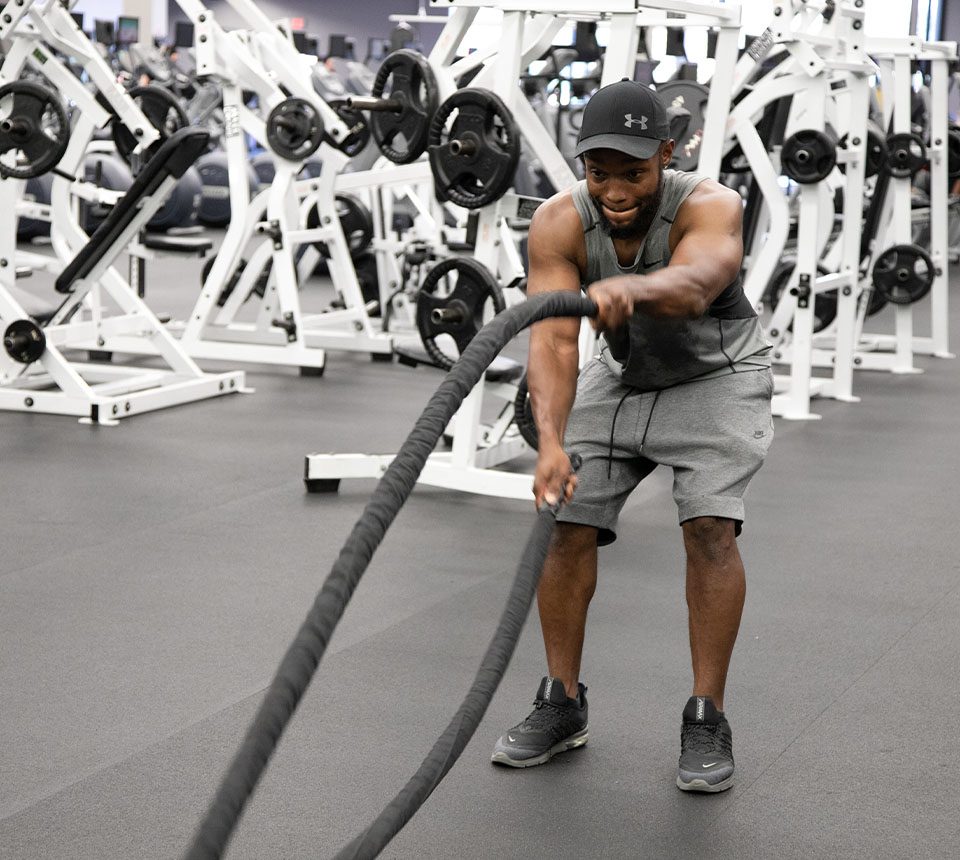JuJu News Hub
Your go-to source for the latest trends and insightful articles.
Functional Training: Because Who Needs a Gym Membership?
Unlock your fitness potential without a gym! Discover how functional training can transform your workouts and boost your strength anywhere.
Top 5 Functional Training Exercises You Can Do at Home
Functional training has gained immense popularity due to its ability to improve overall strength and stability for daily activities. Incorporating functional training exercises into your workout routine can enhance your balance, coordination, and agility. Here are the top 5 functional training exercises you can do at home:
- Squats: A fundamental exercise that strengthens your legs and core, squats mimic the natural movement of sitting down and standing up.
- Push-Ups: This classic exercise targets the chest, shoulders, and triceps, promoting upper body strength.
- Lunges: Ideal for building leg strength and improving balance, lunges can be performed in various directions.
- Plank: A powerful core exercise that engages multiple muscle groups, helping to stabilize your body.
- Deadlifts: Using body weight or household items, deadlifts enhance hip strength and teach effective lifting mechanics.

Why Functional Training Is More Effective Than Traditional Gym Workouts
Functional training focuses on exercises that mimic everyday activities, enhancing your strength, flexibility, and coordination in a way that traditional gym workouts often do not. By incorporating movements that involve multiple joints and muscles, functional training prepares your body for real-life challenges, reducing the risk of injury and improving overall performance. For instance, activities like squats, lunges, and kettlebell swings are designed to strengthen not just isolated muscles but also the stabilizing muscles that are crucial for everyday tasks.
Another reason functional training is viewed as more effective is its adaptability to various fitness levels and goals. Whether you're an athlete seeking to enhance your performance or an individual looking to improve your overall well-being, functional workouts can be tailored to meet your specific needs. This personalization ensures that participants remain engaged and motivated, ultimately leading to better results compared to the often repetitive nature of traditional gym workouts. Additionally, functional training can incorporate cardiovascular elements, providing a comprehensive workout that enhances both strength and endurance.
Is Functional Training Right for You? Discover the Benefits and Exercises
Functional training has gained popularity in recent years, but is it right for you? This style of training focuses on exercises that mimic everyday activities, helping to improve overall strength, balance, and coordination. One of the primary benefits is its holistic approach, as it targets multiple muscle groups simultaneously, leading to enhanced functional movement and greater efficiency in daily tasks. Additionally, functional training can help reduce the risk of injury by improving stability and flexibility, making it suitable for individuals of all ages and fitness levels.
If you're considering incorporating functional training into your routine, here are some key exercises to get you started:
- Squats: A foundational movement that strengthens the lower body and core.
- Deadlifts: Great for enhancing back strength and improving posture.
- Push-ups: Effective for building upper body strength and core stability.
- Planks: Excellent for core conditioning and stability.